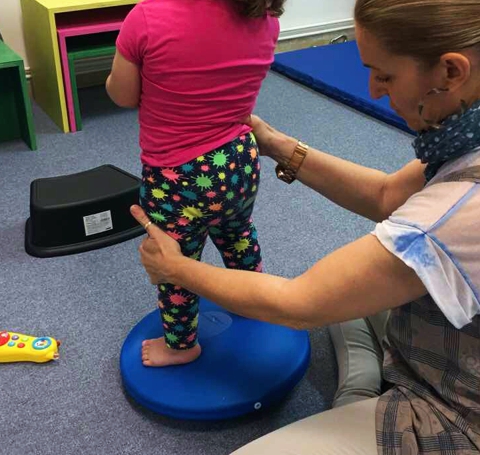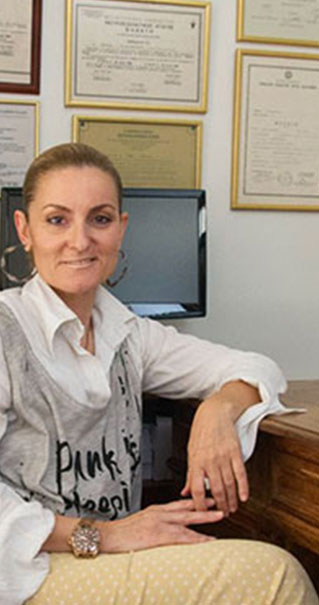What is Sensory Integration?
Sensory Integration is the neurological process that organizes the senses from both the body and the environment so that we can use our body more effectively. Its bases were developed by A. Jean Ayres in the 1950s-1960s. Sensory Integration is the processing of sensory stimulation through which the Central Nervous System matures and it is the basis of learning, interaction with the environment and the emotional – cognitive development. As a dynamic process, Sensory Integration is an activity of self-organization as the person interacts with the environment.
As there is a variety of sensory information that is bombarding the brain through different parts of our body, the need for organization is strong. Sensations from different sensory organs are integrated into the brain and directed appropriately in order to form a complete representation of “the world” and ultimately enhance the perception, the cognitive skills, the control of functions and the normal development of the nervous system.
What are the sensory systems?
- Sense of seeing
- Sense of hearing
- Sense of tasting
- Sense of smelling
- Sense of touch
- Proprioception – a sense of how our body moves in space
- Vestibular – a sense of the body’s position in space
In sensory integration, we focus on the vestibular, proprioception and touch, but this doesn’t mean that the other senses are not considered equally important.
What are the clinical symptoms in cases of Sensory Integration dysfunction?
Sensory Integration dysfunction is the difficulty of processing the sensory information that enters, resulting in non-functional participation and non-functional behavior of the individual during the daily activities. Some of the common clinical symptoms of sensory processing dysfunction are:
- Sensory Over-responsivity to movement, touch, sounds
- Sensory Under-responsivity to movement, touch, sounds
- Intense Sensory – Seeking
- Unusually high or low energy level
- Dyspraxia
- Postural disorder
- Behavioral disorder
- Motor immaturity
- Tactile defense
- Decreased visual-motor coordination
- Auditory processing and speech disorders
- Sensory disorders
- Decreased perception of space and shape
- Reduced bilateral organization
- Difficulties with gross and fine motor skills
- Social – emotional difficulties
- Lack of motivation
What are the groups that may have Sensory Integration Disorders?
- Special learning difficulties
- Speech and language difficulties
- Deafness
- Blindness
- Behavioral and self-control disorders
- Self-esteem disorders
- Social – emotional disorders
- Autism Spectrum Disorders
- ADHD
- Fragile X syndrome
- Diffuse developmental disorders
- Neuromuscular disorders
- Psychiatric disorders
- Cerebral Palsy
- Genetic Dysfunctions / Syndromes (e.g. Down syndrome)
- Prematurity
- High risk babies
- Mental retardation
- Traumatic brain injury
What is the intervention of Sensory Integration?
Initially, the therapist evaluates the child for the recording of their sensory profile, through the observation in the treatment area and the interview from their family. The functional goals are set according to the sensory needs of each child and then the intervention begins. The main goal of the Sensory Integration is the appropriate and controlled multi-sensory integration of the sensory information through activities intended for each child. The method uses the game to stimulate the child’s interest and seek their active participation during the intervention. Furthermore, the method is based on child’s abilities and helps so that they can feel dominant in the treatment area.
After all, Ayres had also said that: “When the therapist works effectively and the child organizes his nervous system, it seems just like they’re playing.”
( Ayres, A. J. (1979). Sensory Integration and the child. Los Angeles, CA: Western Psycological Servises )

